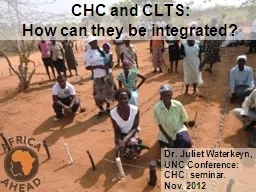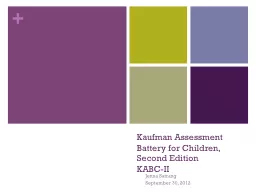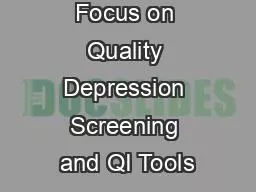PPT-CHC and CLTS:
Author : natalia-silvester | Published Date : 2016-03-16
How can they be integrated Dr Juliet Waterkeyn UNC Conference CHC seminar Nov 2012 A Model of Development is one that can be used to explain 1 Why people
Presentation Embed Code
Download Presentation
Download Presentation The PPT/PDF document "CHC and CLTS:" is the property of its rightful owner. Permission is granted to download and print the materials on this website for personal, non-commercial use only, and to display it on your personal computer provided you do not modify the materials and that you retain all copyright notices contained in the materials. By downloading content from our website, you accept the terms of this agreement.
CHC and CLTS:: Transcript
Download Rules Of Document
"CHC and CLTS:"The content belongs to its owner. You may download and print it for personal use, without modification, and keep all copyright notices. By downloading, you agree to these terms.
Related Documents













